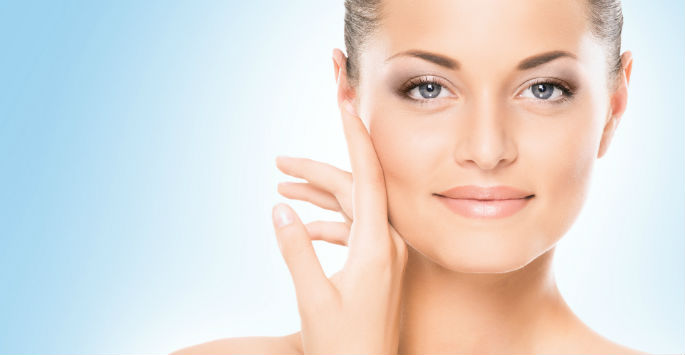Medical fibers:QCW Pulsed Nd:YAG 1064 nm Laser Lipolysis
Keywords:medical fibers, sugical fibers, Time:28-01-2016
INTRODUCTION
Liposuction is one of the most common cosmetic surgical procedures. Liposuction is the No. 2 cosmetic surgical procedure in the USA, following just 4% behind the most popular procedure (breast augmentation), and is within the top five in the UK. The American Society for Aesthetic Plastic Surgery states that 341,144 procedures were performed in 2008. [1,2,3]
There are, however, several drawbacks associated with traditional liposuction. [4] These drawbacks include increased blood loss, ecchymoses, long recovery times, increased postoperative discomfort, skin laxity, pulmonary emboli, seromas and visceral perforations. For this reason, physicians continue to investigate ways to optimize the final results, and minimize trauma, risks, and down-time for their patients.
Laser lipolysis (LL) is an exciting procedure that provides improved patient tolerability, shorter recovery times, and optimal skin tightening.[4-7] LL procedures are safe, have short recovery times, and provide a good option for patients reluctant to undergo more invasive procedures (See Fig.1).
Localized subcutaneous fat deposits that are disproportionately large and are unresponsive to exercise and diet should be considered for medical fibers lipolysis. Locations amenable to treatment with laser lipolysis include the submental area, upper arms, abdomen, hips, flanks, inner thighs, outer thighs, knees, and ankles. Nd:YAG laser lipolysis is particularly good at treating sites that tend to exhibit greater laxity after the removal of adipose tissue, such as the neck/jowls, upper arms, abdomen, inner thighs, and knees; at these sites Nd:YAG laser light can mediate tightening of the overlying skin in addition to adipocyte destruction.
Laser-assisted lipolysis has several advantages over traditional lipolysis.[4] The laser lipolysis effect improves the removal of adipose tissue: by liquefying the adipose tissue, larger volumes can be removed more easily. There is less trauma in a laser lipolysis procedure because, due to the small cannula size and the light mediated lipolysis effect, mechanical destruction of skin structures by the cannula is minimized. The result is faster recovery times and diminished ecchymosis. The third advantage of laserassisted lipolysis is coagulation of small blood vessels by the laser light, resulting in less blood loss during the procedure. The fourth positive attribute is skin retraction or skin tightening. Disruption and coagulation of collagen can lead to the creation of a new, thicker and more organized reticular dermis, the end clinical result being tightened skin. This attribute makes laser fibers lipolysis particularly attractive for areas of localized adiposity or localized laxity following liposuction. The skin tightens over a period of time that may last up to 8 months, with tightening becoming progressively more evident over time due to collagen regrowth.
Laser-assisted lypolysis is a minimally invasive surgical procedure. The procedure is performed through tiny incisions that do not require sutures, allow drainage, prevent infection and heal within weeks of the procedure. Despite these benefits, adverse effects are still possible. Although laserassisted lipolysis minimizes trauma it cannot eliminate it. Approximately 1/3 of the trauma sustained during a procedure is caused by the direct mechanical destruction of cells by the cannula. As a result patients still exhibit edema and mild ecchymosis as in traditional liposuction. However, these effects are less severe and last for a shorter amount of time than following standard liposuction.
The Nd:YAG 1064 nm was the pioneer wavelength for laser lipolysis . It has been on the world market for almost 10 years during which it has been evaluated in many clinical studies. [5-9, 35-43] Many thousands of satisfied patients have undergone 1064 nm laser lypolysis.
Related Articles
- Clinical treatment applications of dental lasers fibers
- Indications and limitations of Er:YAG laser applications in dentistry
- Mediastinal emphysema caused by a dental laser
- Laser Therapy in the Treatment of Dentine Hypersensitivity
- LOW LEVEL LASER THERAPY
- 980 nm diode lasers in oral and facial practice: current state of the science and art
- Disposable bare fiber in oral and facial practice
- Laser Therapy in the Treatment of Dentine Hypersensitivity
- The Effect of Low Level Laser Therapy on the Rate of Tooth Movement and Pain Perception during Canine Retraction
- The clinical observation of semi-conductor laser treatment of hypersensitive dentine
